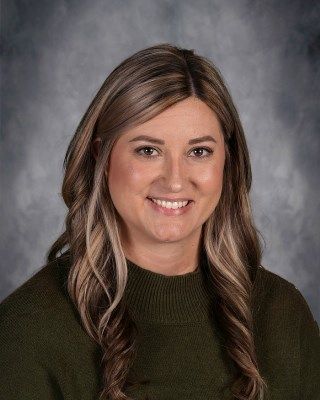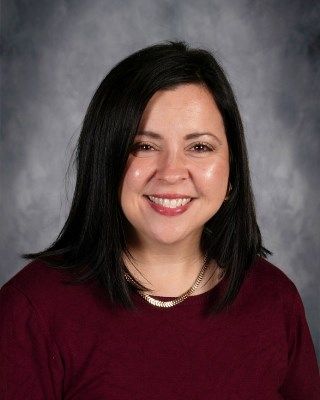ACADEMICS
Lower School
KINDERGARTEN THROUGH FIFTH GRADE
Because classical education aims to cultivate the whole person, we start the process on a child's first day of school. As every parent of a toddler knows, the process of shaping a child's loves and forming good character can—and must—begin early! Our K5 through 12 curriculum is conceived and designed as a whole, with goals and a trajectory that begin on day one.
In The Liberal Arts Tradition (Clark and Jain, 2014), the authors offer a model for classical Christian education with six curricular categories that build on each other: piety, gymnastic, music, liberal arts, philosophy, and theology. The first four are especially important for the Lower School, and they guide our curriculum choices as we work to shape our students' loves at their current level of ability while building a firm foundation for deeper study in the years to come.
Piety
Loving, respecting, and honoring God and parents is the grounding of a formative education: an education in love. It provides the firm footing for children to grow in virtue and to have the humility to learn from others.
“Piety” is an old word, but a word well worth reviving. Piety recognizes that there are realities that we ought to respond to in love and respect. In Proverbs, we learn “that the fear of the Lord is the beginning of wisdom,” and, in the Ten Commandments, we learn to “Honor your father and your mother, that your days may be long in the land that the LORD your God is giving you.” In the Lower School, we seek to partner with parents and churches as we guide children to a life of piety, loving God and their neighbor.
The Liberal Arts
Arts are skills that become second nature through imitation and practice, and in the Lower School, we focus on the Liberal Arts of math and language, which includes the love of story.
The Abeka elementary school math program seeks to give students the solid foundation they need to use math for life. Our materials carefully progress from tangible representations to abstract concepts so that students not only understand mathematical practices but can choose the appropriate method to tackle a specific problem. Students will eventually be able to confront and solve problems using their mathematical skills, their individual life experiences, and logical reasoning. Using math is a key component of fulling the Creation Mandate. Our goal is to give students the skill sets they need to address real-world problems for the glory of God and the benefit of others.
In the verbal arts, our primary focus is on reading - students learn to read with understanding, to interpret what they have read, and to connect it to other learning; this is the art of grammar. But logic and rhetoric are also developed, as students practice making compelling arguments (logic) and practice speaking and writing persuasively (rhetoric).
Throughout our curriculum, we constantly reinforce a love of story: history, Bible, and literature all appeal to the human love of, and need for, narration. We delight in stories and grow spiritually, morally, and intellectually through hearing and re-telling them.
Gymnastic and Musical Education
Humans have bodies and souls, and classical education aims for something greater than than filling minds with information. Two ways in which we approach this are through gymnastic education (training the body) and musical education (tuning the heart).
Gymnastic education is a deliberate use of the body in the process of education. Through physical education, play at recess, intentionally active classrooms, and training in self-control, we want to help students grow healthy bodies and have the strength and energy to engage in learning.
Musical education is more than learning notes, instruments, or singing - musical education poetically trains the heart to engage reality joyfully and with wonder. This mode of education seeks to expand students' moral imagination as they delight in the possibilities of God’s creation. Taught through imitation and in combination with rich stories, musical education builds children’s ability to imagine that there is goodness, truth, and beauty, and that they can seek this for themselves.
Piety, liberal arts, and gymnastic and musical education connect us to a Christian tradition that has given us a rich inheritance to draw from. Even in the youngest years, we can equip our students with excellent stories, songs, vocabulary, mathematical concepts, objects of wonder, and passages of Scripture to fill their imaginations and lead them to know, love, and serve our Lord and Savior, Jesus Christ.

Head of Lower School
Mrs. Dani Elmore

Assistant Head of Lower School
Mrs. Stephanie Pearman
LOWER SCHOOL CURRICULUM
Bible
In keeping with our Portrait of a Graduate, we believe that it is vitally important that our students study Scripture. Lower School students learn about God's plan of salvation using a framework that includes events from Creation through the early church. While they are reading from and learning about the Bible, students also commit longer passages to memory.
History
We use stories to make history come alive in our classrooms—students learn to place themselves in the stories of their family and their place before moving around our world in ever-widening circles. A wide variety of narratives and perspectives are visited, coinciding with great literature, music, and carefully-chosen art projects that relate to the era that the student is studying.
Latin
It is almost impossible to understand a human culture without understanding its language, and learning a new language gives students more facility with their own native language. Latin is the predominant language of our past. We want our students to be conversant with that tradition, so they begin learning Latin in lower school and continue through the upper school. We teach it actively, speaking it with our students, along with analyzing its parts. Students learn the rhythms of Latin early so that they can read Latin in later grades.








